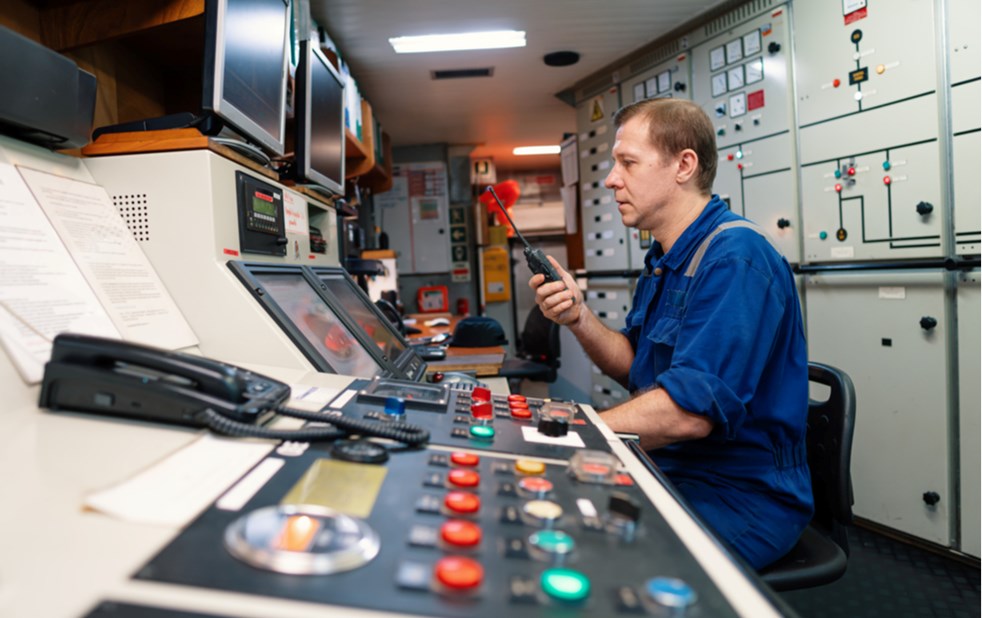The fuel change-over procedure to and from low sulphur MDO/MGO is relevant with respect to the International Convention for Prevention of Pollution from ships (MARPOL) Annex VI, specifically under regulation 14, which covers emissions of Sulphur Oxides (Sox) and particulate matter from ships. These requirements were adopted in October 2008 and entered into force in July 2010.
Sox and particulate matter emission rules apply
Sox and particulate matter emission rules apply to all fuel as defined in regulation 2.9, combustion equipment and devices onboard. These regulations show the difference between what is applicable inside the ECA (Emission Control Areas) which was established to limit the emission of Sox and particulate matter and those outside ECA areas. The fuel sulphur limits are expressed in terms of % m/m by mass. Under regulations 14.4 the maximum sulphur content within ECA (MARPOL Annex VI Reg. 14.4) is 0.1%, while the maximum sulphur content outside ECA (MARPOL Annex VI reg.14.1) is 0.5% as from 1 January 2020.
Emission Control Areas (ECA)
ECAs are established for Baltic Sea area, North Sea area, North American area, United States Caribbean Sea area, Under North American ECA area (within 200 nm zone of both Atlantic and Pacific coast of USA, Canada, and Hawaii) and other regional, national, and local regulations such as Hong Kong, China (Yang Tze River Delta Region). These sulphur limits areas may be superseded by other regional or vessel-specific regulations. Ships which operate outside and inside these ECA area will therefore have to comply with the respective limits. Prior to entering into an ECA it is therefore required to have fully changed over by using the compliant fuel as per regulation 14.6 and to have written procedures implemented onboard.
Written change over procedures required
Under MARPOL Annex VI a written change-over procedure is required to be onboard vessels which use high and low sulphur fuel oils. The procedure should outline how the change-over is to be undertaken as well as to show the time required for flushing the high sulphur fuel out of the system after the change-over of service tanks, and the calculation of hours before entering the ECA they start the change-over.
Before the ships enter an ECA, change-over from high sulphur to low sulphur containing a sulphur level that does not exceed 0.10% by mass must take place. This procedure is started by shutting down the consumption from the high sulphur service tank with the 3-way valve and supplying fuel from the low sulphur service tank instead. During the change-over process, the fuel in the service system will continuously be diluted by the low sulphur fuel. The duration for reaching the sulphur level of 0.10% can vary depending on the machinery fuel oil consumption, the volume of the service system, and the level of sulphur in the fuel.
Recordings and responsibilities
Skuld advises its members that all steps of the change-over procedure must be recorded in the Engine Logbook and Marine Sulphur Record Book during the changeover. All entries must reflect tank quantities, time of change-over and ship position. Additionally, the time of the ship's entry into and leaving the ECA/SECA with vessel position must be recorded. It is the responsibility of the Chief Engineer to advise the Master of safe operation while running on low sulphur fuel, ensuring that all engineering staff are well informed of the operating conditions and all necessary precautions. Lastly, it is the responsibility of the vessel Superintendent/Manager to provide the vessel with appropriate guidance on the operation, while running on low sulphur fuel.
